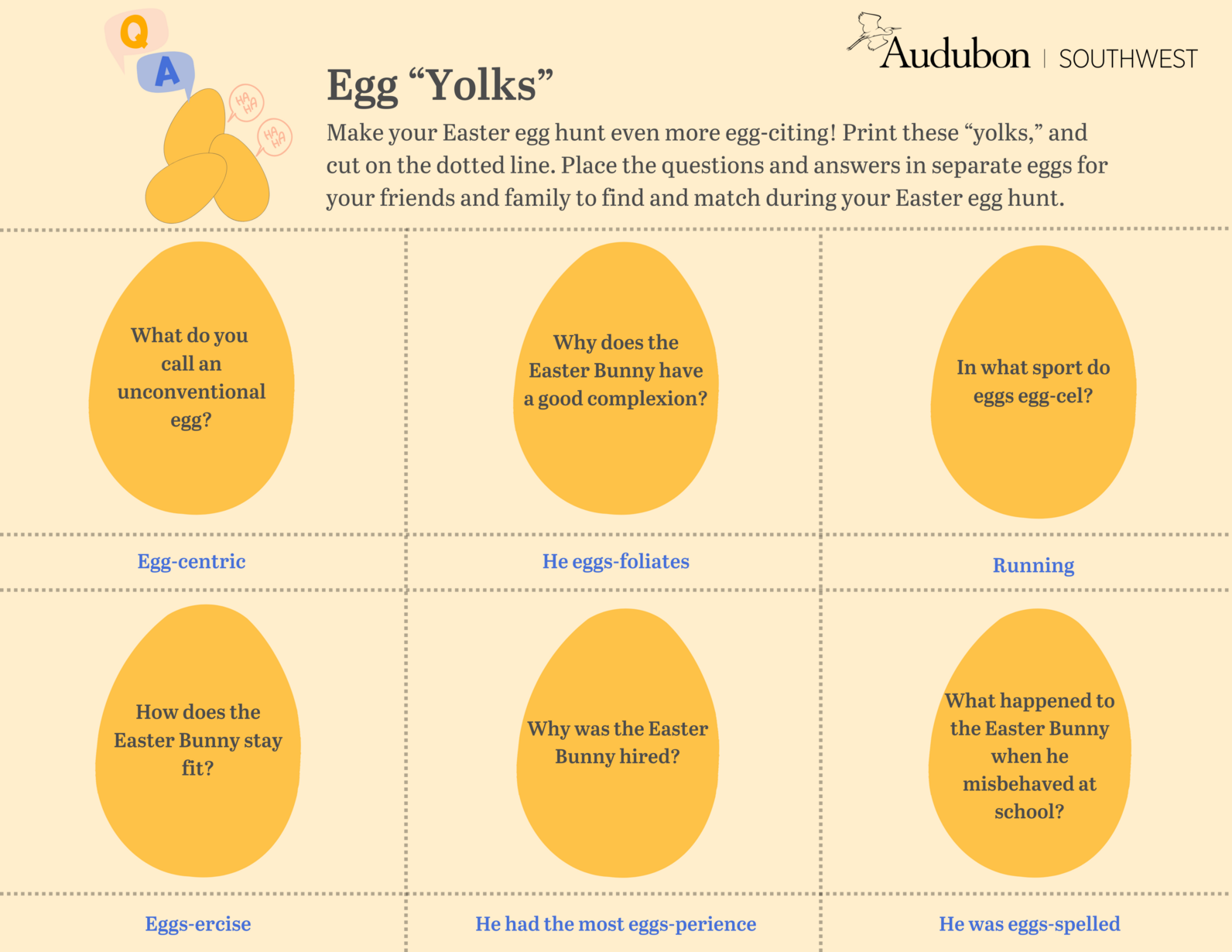Bird eggs are the ultimate magical seeds. We all know that life sleeps within that hard, but permeable shell, but what’s up with all the various shapes and colors? Eggs, like all living things, evolve based on what works in nature and what doesn’t. Read on!
Conical eggs: common in seabirds and other cliff-nesters, the narrower end of the eggs cause them to roll in a circle when nudged so they are less likely roll off a precipice.
Blue eggs: Many birds have blue eggs, but why? Blue is thought to be a compromise—the color protects the eggs from harmful UV rays but isn’t dark enough to overheat the egg. The blue is produced by Biliverdin, a type of bile, that is laid down in the shell gland.
Round eggs: Many cavity-nesting birds lay eggs as round and white as ping-pong balls. No need for camouflage or a fancy shape when the clutch is safely contained in a dark hollow.
Speckled eggs: this one is easy! Speckled eggs blend into the nest so when a parent takes a break from incubating, predators are less likely to spot the soon-to-be family. The degree and coloring of the speckling and spotting can vary from egg to egg by an individual female, but typically provide excellent camouflage for their given habitat.
Share your new eggs-pertise with family and friends by downloading these egg "yolks," print, and cut on the dotted line. Place the questions and answers in separate plastic eggs for your friends and family to find and match during your Easter egg hunt. Even plastic eggs need “yolks” (egg jokes).




